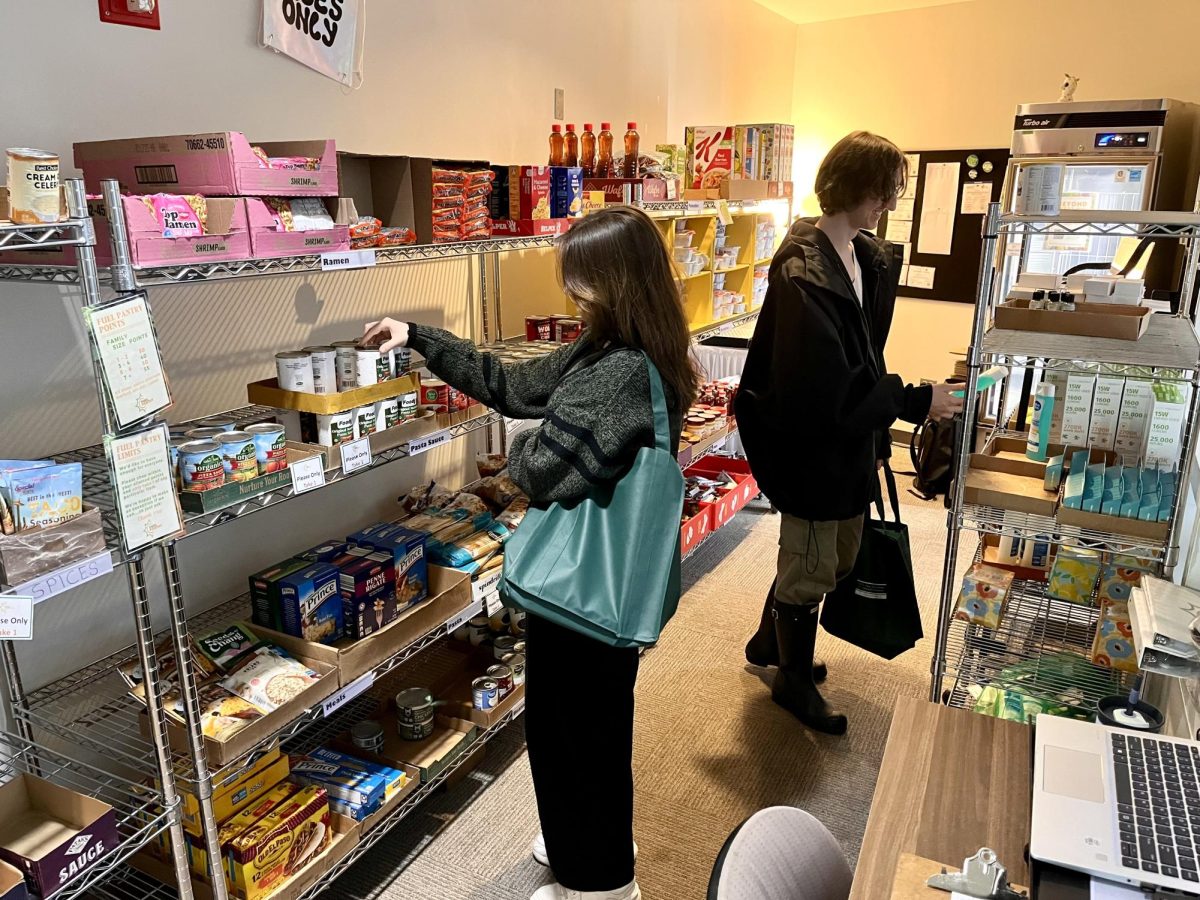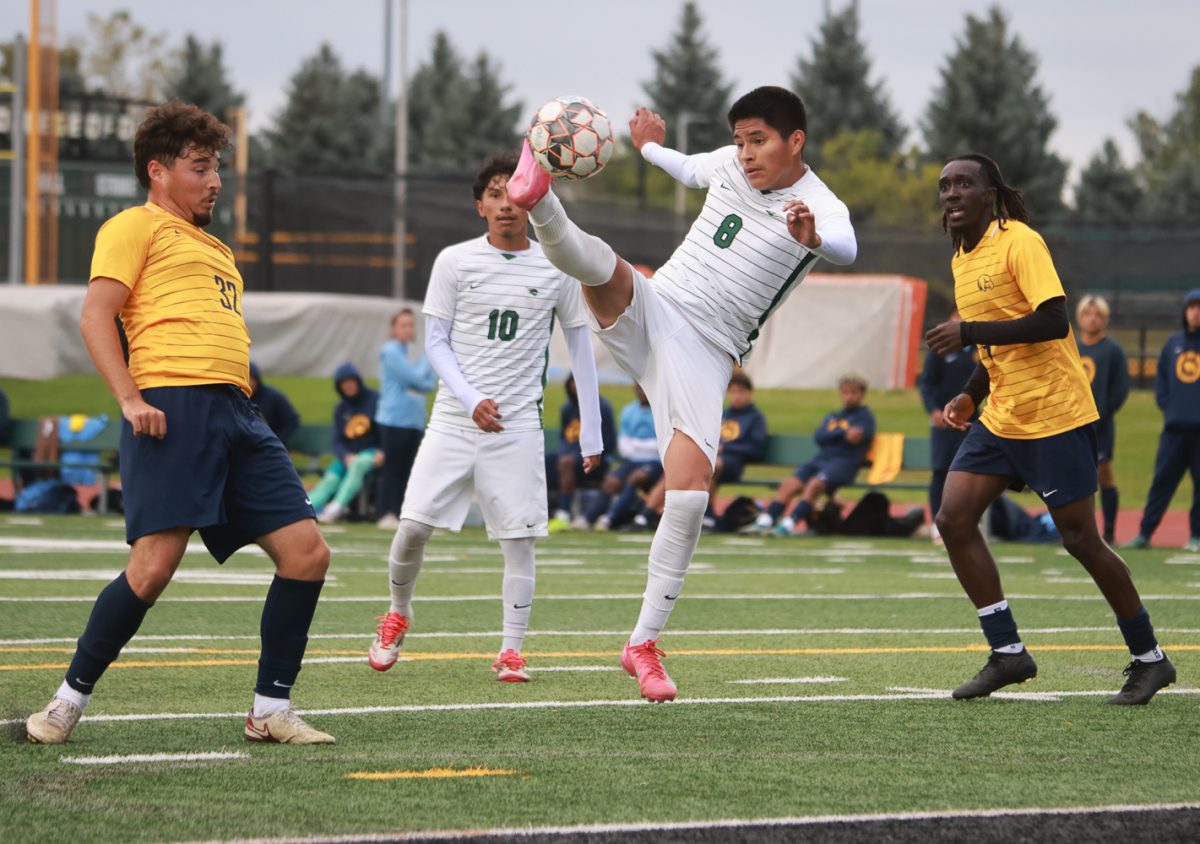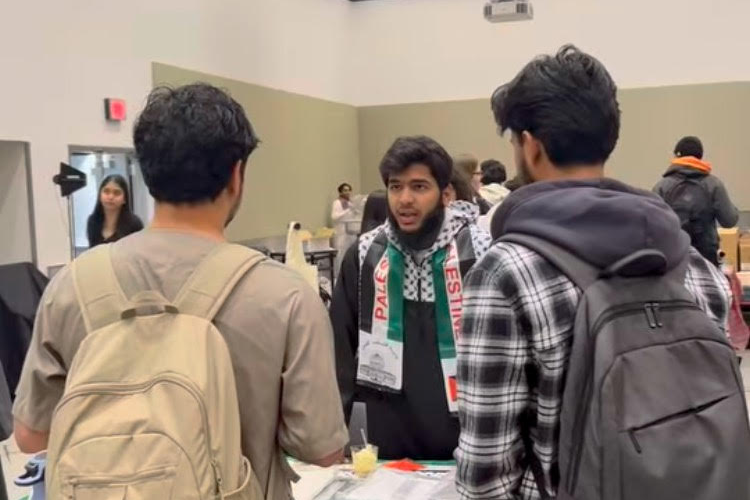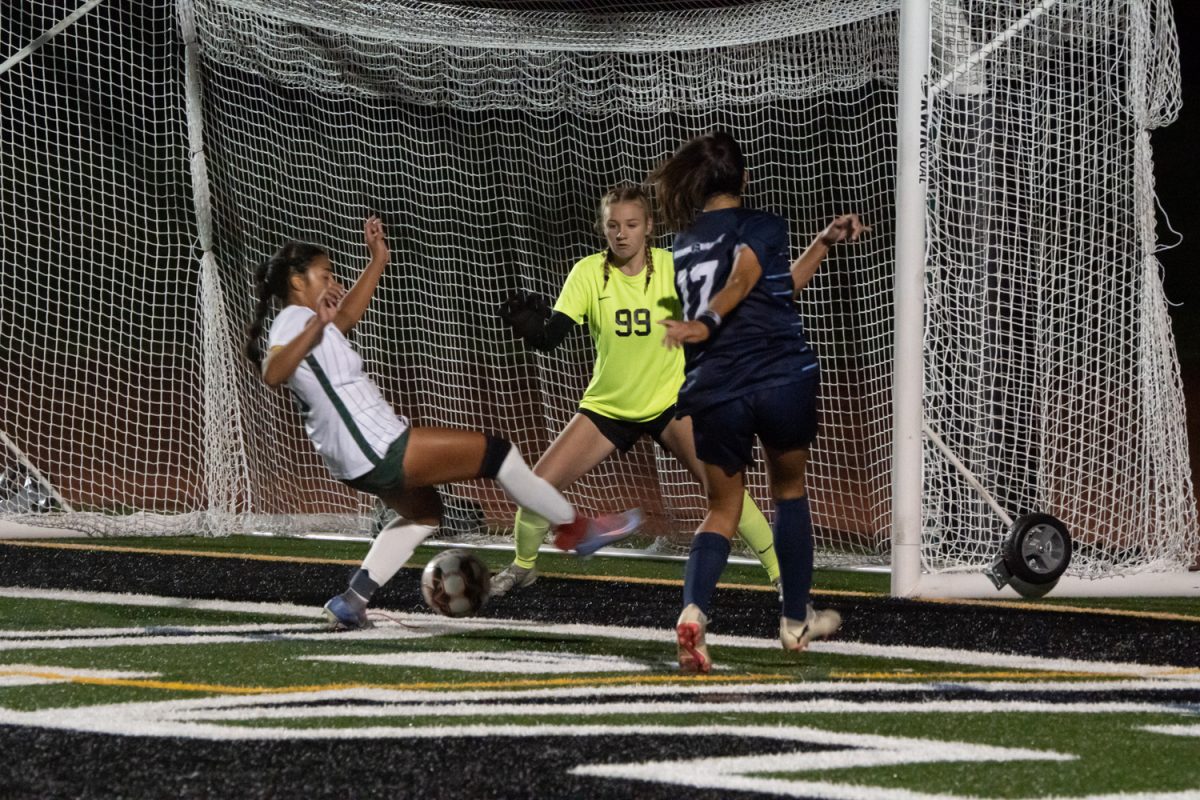How the pandemic helped one teacher adapt, modernize his methods
April 19, 2021
When Christopher Aquino started teaching English at Wheaton Warrenville South High School nearly 30 years ago, the classrooms set up and teaching methods looked very similar to when he was a student.
“When we were given an assignment, we just did it, and a lot of the time no one was given any special accommodation except for special circumstances. In the beginning, I don’t remember having to break down assignments into really small steps. You would just say go home and make this poster for me over the next three days and dazzle me. Now it is go home and make this poster for me. Here is exactly what I want on it, here is exactly the criteria for it and here and what I want you to get out of it.”
As time went on, he found himself having to change his teaching style. Aquino adapted to help students with different needs to achieve the goals of the class.
The longer he teaches the more he learns to be more efficient. This way he can get the most out of students without having to add extra steps.
“I can do one assignment here and have those skills be used over and over again down the line,” Aquino said. “We call it scaffolding. My style has changed in order to play towards my students’ strengths.”
However, nothing could’ve prepared him for the sudden shock of the pandemic.
When the COVID-19 pandemic hit, it caused massive shockwaves throughout the nation. In the early days, everything was shutting down and no one knew what was next. Teachers had to face new challenges because they had to completely redo their lessons for online learning.
“No one in my generation went to school to teach live-streaming, right?” Aquino said. “No one knew how to teach hybrid and remote kids at the same time. Besides technical challenges, I think one of the biggest challenges was how do we adapt and overcome.”
This led to a whole new way of teaching and a new challenge for keeping students engaged. In-person learning makes it easier for teachers to notice when a student is having difficulties in class. Now that most things are online teachers are having trouble trying to find possible solutions.
“We had to learn how to achieve our goals for the class in different ways,” Aquino said. “You can’t just say, ‘Oh I’ll just lecture you across the screen,’ because that doesn’t work. Just because you say it doesn’t mean they learned it.”
This has led Aquino to be more mindful of his students. In order to make online learning work, teachers had to start from the ground and build up, which has led him to reconsider a lot of what he used to teach and how he taught it. Aquino has come to the conclusion that although the pandemic has been terrible it has helped him get better at using his time in class to touch upon everything. “From a logistics standpoint, better use of time because one of the things I’ve noticed over the years is it seems like it is more difficult to get through the same amount of material.” said Aquino.
On top of that, he has found better ways to not only deliver his lessons but has also become more understanding of students’ situations because if someone doesn’t turn in their homework on time it’s not the end of the world.




















